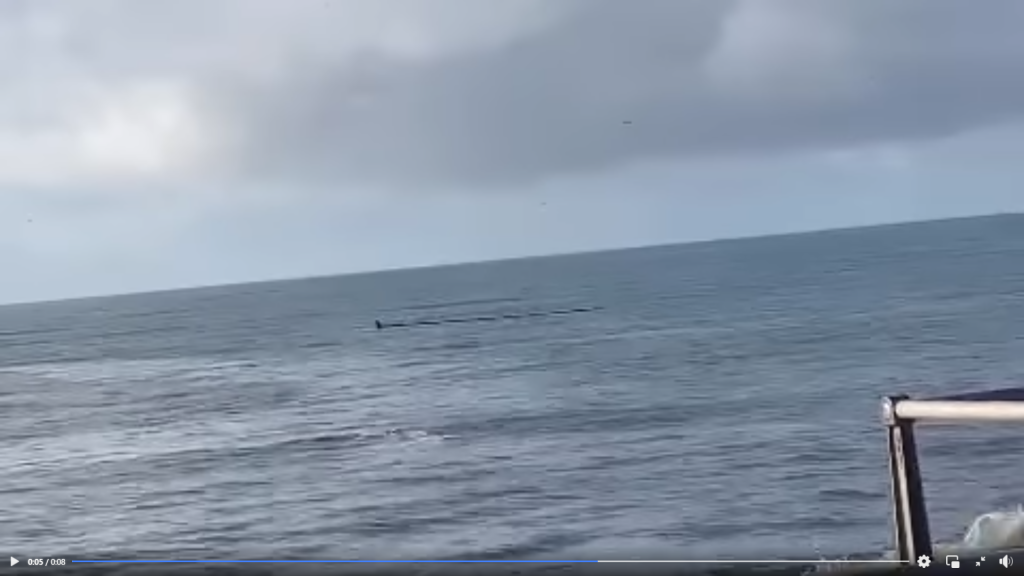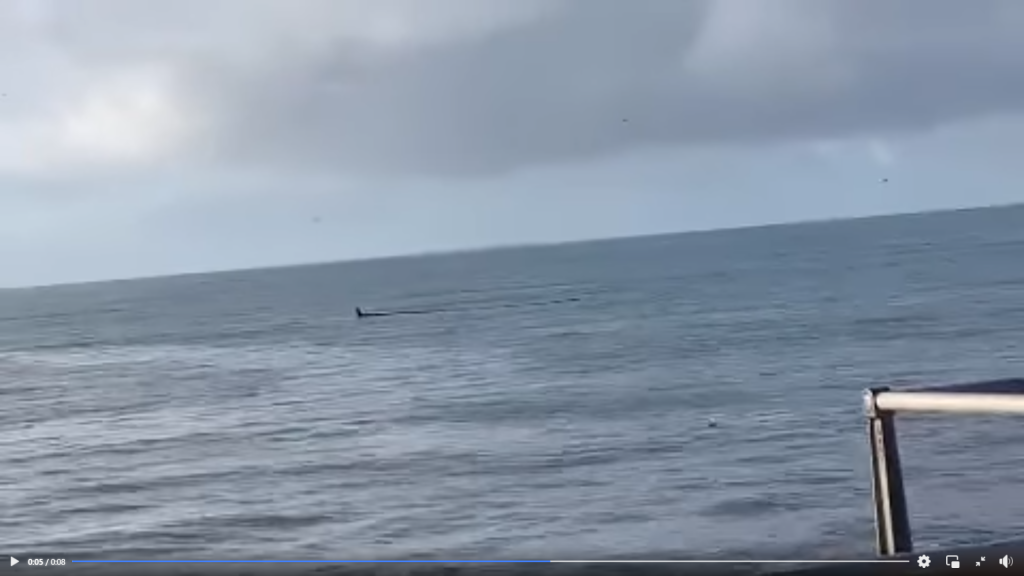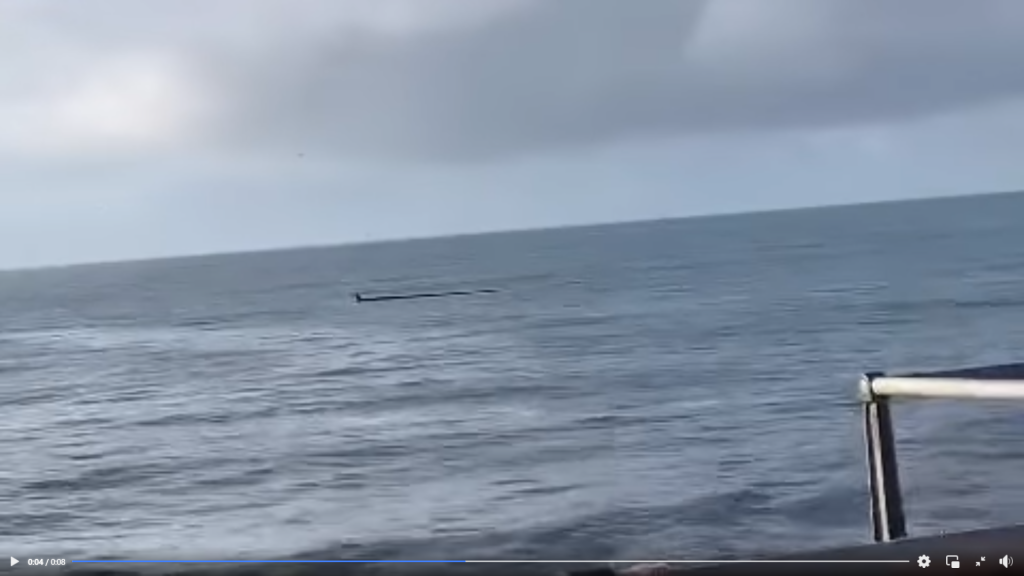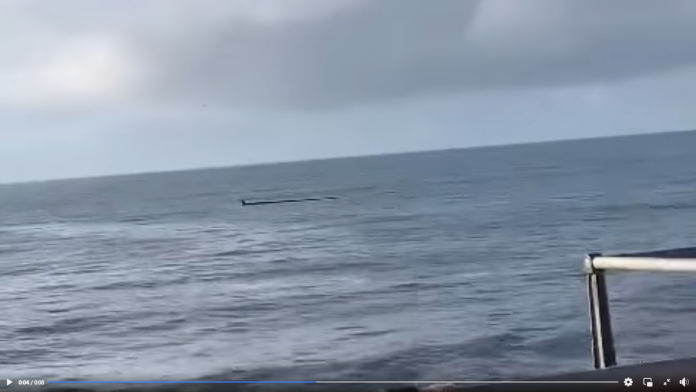The Loch Ness Monster, a mythical creature purportedly inhabiting Scotland’s famous Loch Ness, has been a subject of fascination and incredulity for nearly a century. Despite the overwhelming absence of concrete evidence, belief in its existence persists, sparking debate, wonder, and sometimes ridicule. It represents an enduring example of how folklore and pseudoscience can blur the boundaries of reality, feeding into the human penchant for mystery, wonder, and sometimes, the suspension of rationality. The belief in the Loch Ness Monster, or “Nessie” as she is often affectionately called, provides a case study in human psychology, societal influence, and the way myth evolves in the modern world.
The earliest accounts of a strange creature in the waters of Loch Ness date back to 565 AD, when Saint Columba is said to have encountered a large beast that attacked one of his followers. This tale, recorded in a biography by Saint Adamnan, seems to have little to do with the modern monster legend. Yet, it has been retrospectively co-opted to bolster the idea that something strange has long lurked in the loch’s depths. In truth, the Saint Columba story was not widely known or connected to Loch Ness until the twentieth century, when the myth began to gain momentum.
The modern fascination with the Loch Ness Monster can be traced back to a 1933 newspaper article that described the sighting of a “huge creature” observed from the road near Loch Ness. The witnesses, George Spicer and his wife, claimed to have seen a large animal, which they described as having a long neck, crossing the road and then disappearing into the water. Their description, though vague, triggered a media frenzy. This was the first widely publicised sighting in what would become an avalanche of reports, photographs, and eventually, scientific investigations.

From that point on, belief in the Loch Ness Monster grew in popular culture, aided in no small part by the infamous “Surgeon’s Photograph” in 1934, which appeared to show the head and neck of a dinosaur-like creature emerging from the loch. This image quickly became one of the most iconic symbols of the Loch Ness Monster and has been reproduced in countless books, articles, and documentaries. For many years, it was accepted as the most convincing evidence of Nessie’s existence.
However, decades later, the photograph was revealed to be a hoax. In 1994, Christian Spurling, one of the last surviving participants in the prank, admitted that the photo was staged using a toy submarine with a sculpted head and neck. The fact that this widely accepted piece of evidence had been fabricated, while certainly a blow to Nessie enthusiasts, did little to diminish the monster’s popularity. In fact, the myth endured, and people continued to report sightings, driven perhaps by a mix of hope, belief, and the power of suggestion.
What is striking is how quickly people are willing to believe in Nessie despite the debunking of such “evidence” and the lack of any verifiable proof. Scientists and sceptics have frequently pointed out that Loch Ness is an unlikely home for such a creature, even if one did exist. For one, the loch is a freshwater body, with water temperatures that are not conducive to the survival of a large, cold-blooded reptile. Furthermore, the food supply in Loch Ness would be insufficient to support such a large creature, and a breeding population of monsters would surely have been discovered by now if they were real.
Dr Robert Rines, an American lawyer and amateur monster hunter, led multiple expeditions to Loch Ness, using sonar equipment and underwater cameras to try and capture evidence of the creature. His numerous trips yielded ambiguous results, at best. At one point in 1975, Rines captured sonar images that he claimed showed a large flipper belonging to a creature of significant size. This image was later enhanced and widely circulated as potential proof of Nessie’s existence. Nevertheless, sceptics dismissed the image, pointing out that sonar results can be easily misinterpreted, and that underwater debris or schools of fish could explain the readings. More recent attempts, including extensive sonar sweeps and DNA sampling of the loch’s waters, have similarly turned up nothing.
Yet, these failed scientific endeavours have not dampened belief in Nessie. On the contrary, some might argue that the lack of conclusive evidence only fuels the fire. It is the very mystery surrounding the Loch Ness Monster that keeps people engaged. In his book, The Enigma of Loch Ness: Making Sense of a Mystery, author Henry H. Bauer suggests that people’s fascination with the creature persists because it satisfies a deep-seated psychological need for mystery and wonder in a world that is increasingly dominated by rationalism and science. Bauer notes that belief in monsters like Nessie “offers a way to resist the closure of knowledge; it allows people to hold on to the possibility that there are still unknowns in the world.”
This line of reasoning is evident in the many people who visit Loch Ness each year, hoping for a glimpse of the elusive creature. The Loch Ness Monster has become a tourist attraction, with boat tours, visitor centres, and gift shops dedicated to keeping the legend alive. While sceptics might scoff at the idea of Nessie, the monster is undoubtedly good for the local economy. As one local businessman was quoted saying, “Nessie’s the best thing that’s ever happened to Loch Ness.” Indeed, the monster brings in millions of pounds annually from tourism, which likely contributes to the persistence of the legend.
While the idea of a prehistoric creature surviving in a Scottish loch for millions of years seems far-fetched, the Loch Ness Monster is far from the only modern myth to capture the public’s imagination. From Bigfoot in North America to the Chupacabra in Latin America, cryptids have a way of surviving in popular culture despite the lack of scientific evidence. These creatures often serve as symbols of the unknown, embodying our collective fears, hopes, and curiosities about the natural world.
It is worth considering why people are willing to believe in something like the Loch Ness Monster in the first place. Psychologists have suggested that belief in Nessie can be explained by a number of cognitive biases. For example, the phenomenon of pareidolia, the human tendency to see familiar patterns, like faces, in random stimuli, could explain why people claim to see a monster when looking at the surface of a loch. Similarly, confirmation bias – the tendency to search for or interpret information in a way that confirms one’s pre-existing beliefs – could explain why some people are convinced they’ve seen Nessie, despite the lack of any solid proof.
In addition to these cognitive biases, social and cultural factors play a role in sustaining the belief in the Loch Ness Monster. The monster has been featured in countless films, books, and television programmes over the years, ensuring that Nessie remains a fixture in the public imagination. Furthermore, the media’s fascination with the creature has ensured that stories of sightings and alleged evidence are always given plenty of coverage, even when they are debunked soon after. As a result, the Loch Ness Monster has become a cultural icon, rather than a mere scientific curiosity.
A particularly striking example of the media’s role in sustaining belief occurred in 2019, when a team of scientists conducted a DNA analysis of the water in Loch Ness to determine whether any unusual creatures might be lurking beneath the surface. The researchers concluded that there was no evidence of large animals in the loch, such as the kind described in Nessie sightings. However, they did find large quantities of eel DNA, which led them to speculate that Nessie sightings might have been caused by particularly large eels. This explanation received widespread media coverage, with many headlines declaring that the mystery of the Loch Ness Monster had been “solved.”
Yet, even this scientific explanation has done little to dissuade believers. Many remain convinced that the monster is real, arguing that the absence of evidence is not evidence of absence. As Adrian Shine, a long-time Loch Ness researcher and leader of the Loch Ness and Morar Project, has observed, “The lack of a definitive answer keeps the mystery alive.” Indeed, the Loch Ness Monster may never be definitively disproved, as the loch’s murky waters provide ample opportunity for misinterpretation and false sightings.
Nessie On Holiday In Charmouth
Thanks to Martyn Fiendley, who took these images in Charmouth from the safety of land.



If this was 1933, it could create a whole new phenomena. Tourists would flock from all over the world to try and catch a glimpse of Nessie on her break. Perhaps it still will as many people seek to fill their imaginations with answers that are non science based. In the grand scheme of things perhaps it does not matter. Either for us or Nessie.
Therefore, the incredulity surrounding belief in the Loch Ness Monster, whether she is in Scotland or Dorset, reflects a complex interplay of psychology, culture, and the enduring allure of the unknown. Despite the overwhelming lack of evidence, the myth of Nessie endures, fuelled by human fascination with mystery and the desire to believe in something beyond the ordinary. While sceptics may continue to debunk supposed sightings and evidence, the Loch Ness (or Charmouth) Monster is likely to remain a fixture in the public imagination for many years to come. As long as there are people who find wonder in the unexplained, Nessie will continue to swim through the waters of our collective consciousness.
KEEP US ALIVE and join us in helping to bring reality and decency back by SUBSCRIBING to our Youtube channel: https://www.youtube.com/channel/UCQ1Ll1ylCg8U19AhNl-NoTg AND SUPPORTING US where you can: Award Winning Independent Citizen Media Needs Your Help. PLEASE SUPPORT US FOR JUST £2 A MONTH https://dorseteye.com/donate/







